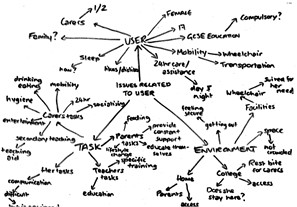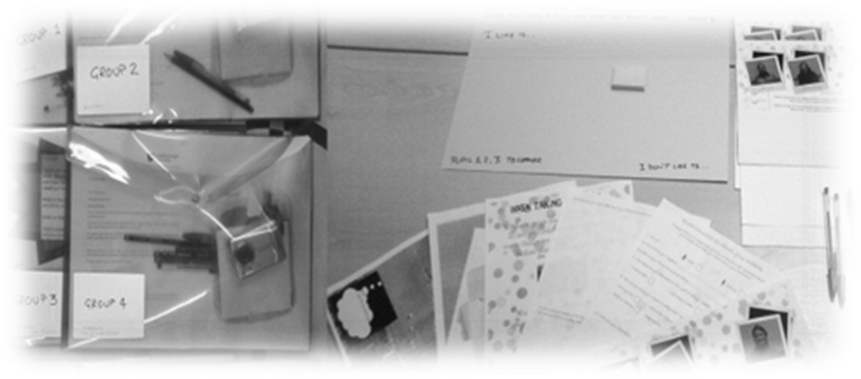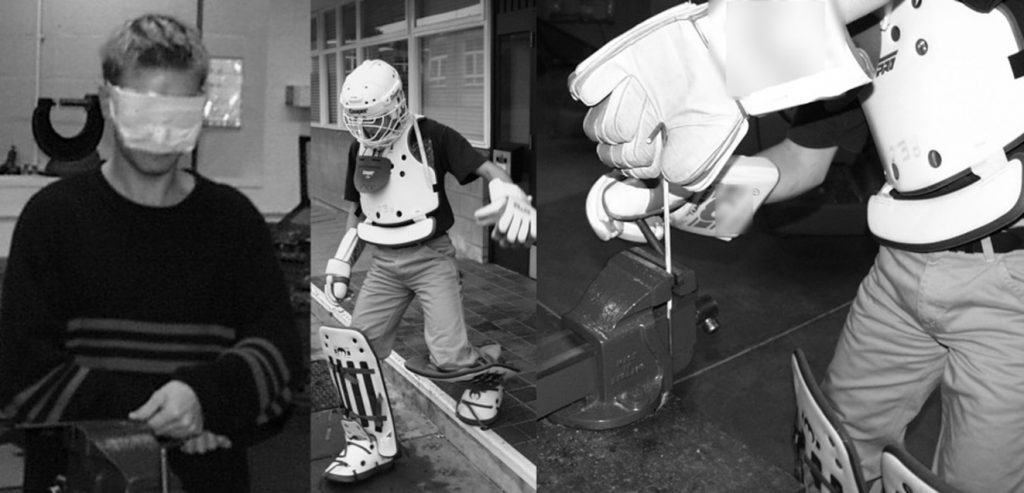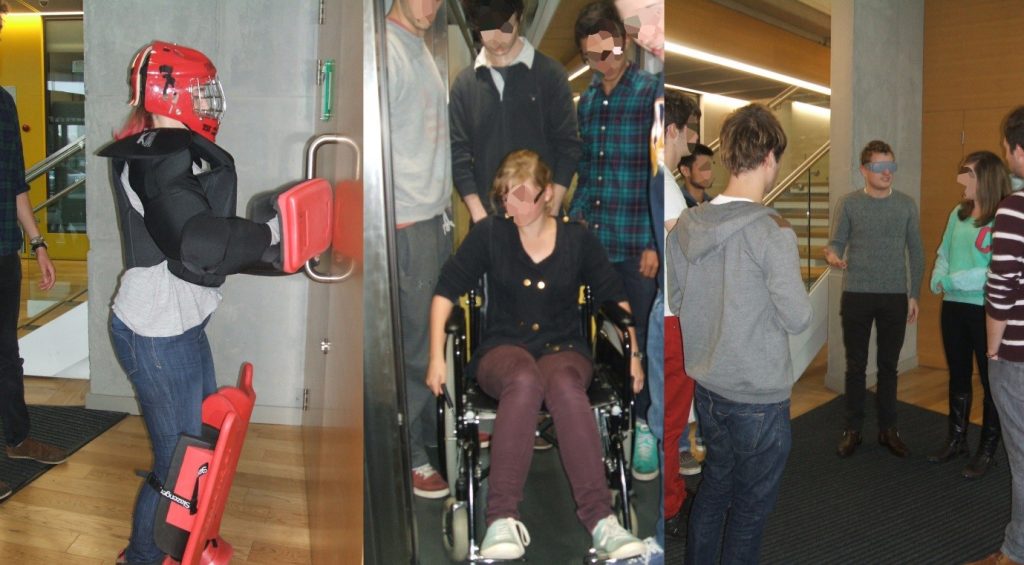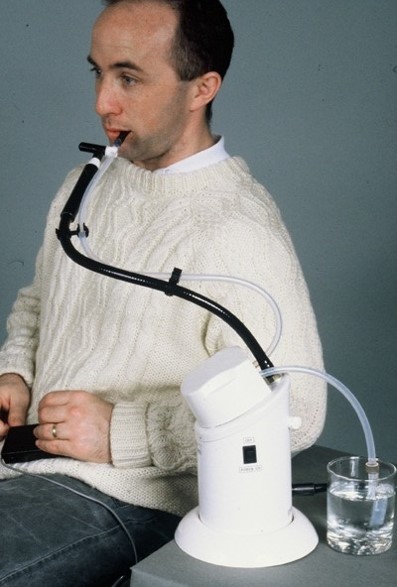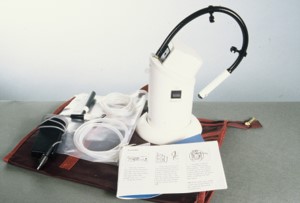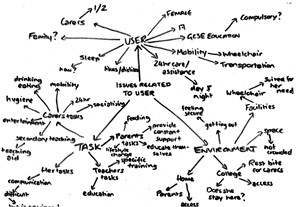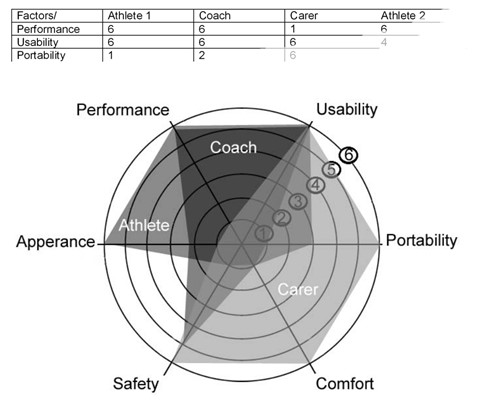Brand is a relationship between individuals within a market and a product, group of products and or product service. An important quality of a strong brand is the presence of a clear, well-defined brand identity. The identity is the set of desired associations with the brand that strategists working with the brand wish to establish and maintain. (Aaker 2000).
The job of an Industrial Designer is to use colour, form, texture, temperature and movement to deliver a sensory experience that evokes a desired response. It is critical for a designer to understand the mechanism of human perception, along with the associated response that may result from the physical stimuli generated from a design intervention. The understanding of the mechanisms enables an industrial designer to employ an evidence-based approach to a user-centred process.
The theories behind some of the practical manipulation of an individual’s emotional, behavioural and reflective response (user experience) through colour, form, texture, movement, heat or vibration are documented. A possible reason for this is that much of the data now collected is for commercial use and not published. Hekkert and Shiverstien have discussed a ‘Unified method of aesthetics’ (UMA), (Sheiverstien and Hekkert 2013, Hekkert 2013) within the context of design and emotion; however, the text ‘Universal principles of design’ (Lidwell, Holden and Butler 2003) is an accessible reference that provides a compendium of both mechanisms of perception and how designers can manipulate them. The Lidwell et al reference, linked with a subsequent publication ‘Universal methods of design’ (Martin and Hanington 2012) provides a similar compendium of applied research based methods through which some of the principles may be evaluated. Key activities within the template based on this body of knowledge were to:
- Identify keyword adjectives that define the current brand
- Deconstruct aspects of the real world that match the current brand and additional keyword;
- Define visual graphemes (building blocks) based on a keyword and original brand ‘form
- DNA’; and,
- Construct a new artefact that communicated the novel meaning of a given brand.
An expansion of this process is:
- Deriving keywords from the a brand description and Company ‘mission statement’, predominantly adjectives (describing words);
- Brainstorming keywords, adjectives, associated with the brand;
- Reviewing current forms and details from products produced within the current brand;
- Choosing a keyword from those generated that would enhance the brand;
- Taking pictures of forms that, predominantly, visually describe the chosen keyword;
- Choosing ten images from those taken and using a participant cohort (15 people) to rank them in order of which images most described the given keyword;
- Deconstructing the outer form, graphic part lines, points of interest and surface finishes into a series of lines, simple shapes and textures of both current brand and the highest ranked images by the participants in the cohort;
- Reconstructing the identified lines, shapes and textures (graphemes) within the constraints of a pre-defined volume;
- Validating the final design outcome using a peer review rating method against a given set of assessment criteria; and,
- Presenting and edited version of the outcome and process within a series of presentation boards.
Useful links
Aaker D. 2000. A Brand leadership. The Free Press, New York, NY
Hekkert, P. & van Dijk, M., 2011. Vision in design: A guidebook for innovators. BIS,Amsterdam.
Lidwell, W. Holden, K. & Butler, J. 2003. Universal principles of design: 100 ways to enhance usability, influence perception, increase appeal, make better design decisions, and teach thorough design. Rockport, Massachusetts.
Martin, B. & Hanington,B. (2012) Universal methods of design: 100 ways to research complex problems, develop innovative ideas, and design effective solutions. Beverly, Rockport, Massachusetts.
Sheiverstien, H.N.J & Hekkert, P., 2008. Product experience. Elsevier, Oxford.
Torrens, G., Badni, K., Hurn, K., Storer, I.J., 2015. An introduction to the development of a product Brand: an evidence-based template for use with first year undergraduate industrial designers. Engineering Design Graphics Journal, 79(2), pp. 24 -45.Available at: (https://dspace.lboro.ac.uk/dspace-jspui/handle/2134/18574) , Accessed: [21/01/2021]
